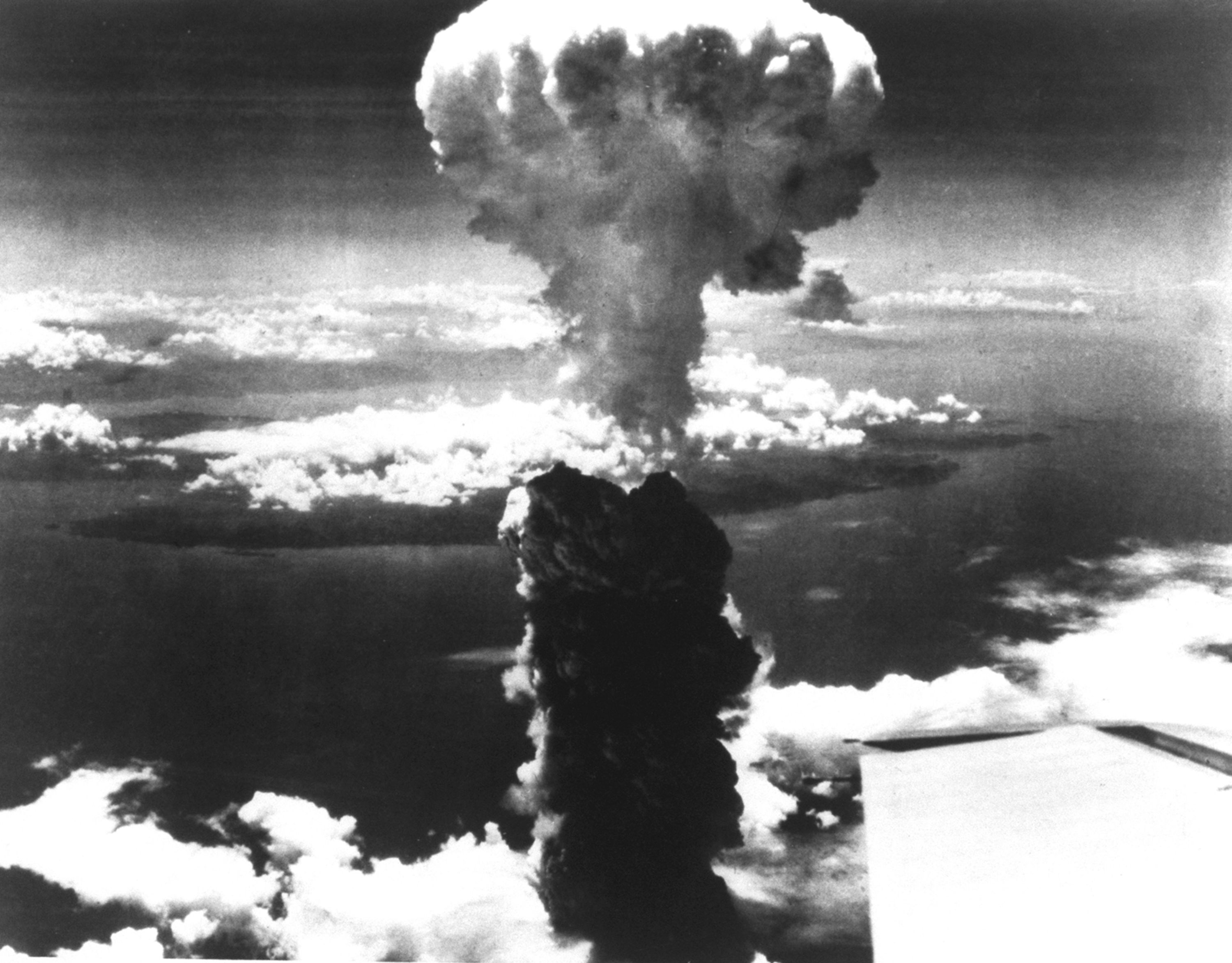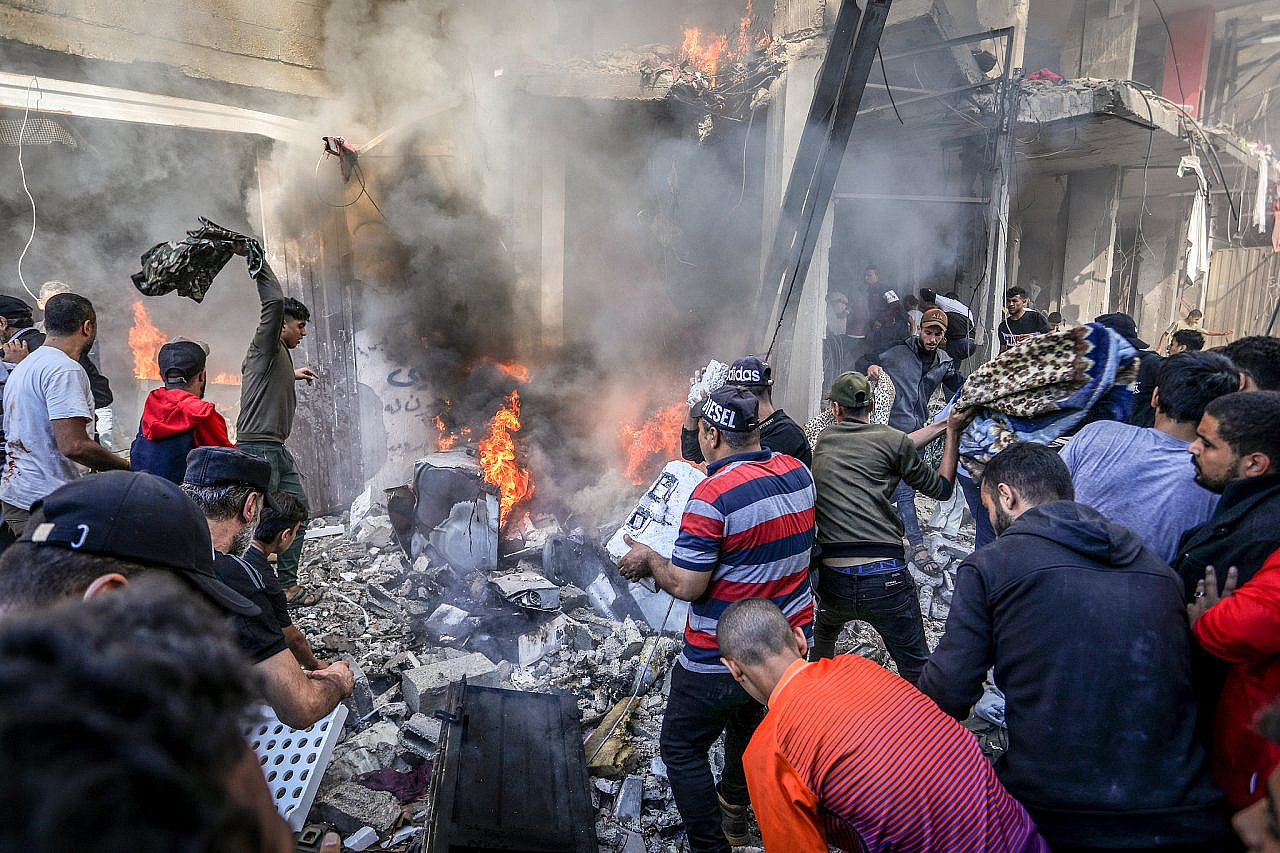 Early Thursday, less than two weeks before the president's Aug. 31 deadline for ending American combat operations in Iraq, the 4th Stryker Brigade, 2nd Infantry Division crossed the border from Iraq into Kuwait.
Early Thursday, less than two weeks before the president's Aug. 31 deadline for ending American combat operations in Iraq, the 4th Stryker Brigade, 2nd Infantry Division crossed the border from Iraq into Kuwait.
With the departure of this last combat brigade, the U.S. military presence in Iraq is now down to 50,000 troops, fewer than at any time since the 2003 invasion. The shift offers a useful moment to take stock of both how much has been accomplished and how much is left to be done in what is fast becoming our forgotten war.
1. As of this month, the United States no longer has combat troops in Iraq.
Not even close. Roughly 50,000 American military personnel remain in Iraq, and the majority are still combat troops -- they're just named something else. The major units still in Iraq will no longer be called "brigade combat teams" and instead will be called "advisory and assistance brigades." But a rose by any other name is still a rose, and the differences in brigade structure and personnel are minimal.
American troops in Iraq will still go into harm's way. They will still accompany Iraqi units on combat missions -- even if only as "advisers." American pilots will still fly combat missions in support of Iraqi ground forces. And American special forces will still face off against Iraqi terrorist groups in high-intensity operations. For that reason, when American troops leave their bases in Iraq, they will still, almost invariably, be in full "battle rattle" and ready for a fight.





 The United States will mark the 84th anniversary of the Japanese attack on the U.S. naval...
The United States will mark the 84th anniversary of the Japanese attack on the U.S. naval... On Monday, August 6, 1945, after six months of intense firebombing of 67 other Japanese cities,...
On Monday, August 6, 1945, after six months of intense firebombing of 67 other Japanese cities,...:focal(1285x1016:1286x1017)/https://tf-cmsv2-smithsonianmag-media.s3.amazonaws.com/filer_public/d1/4e/d14ed238-3b62-4506-9f53-fc2178dade60/nov2025_d17_prologue.jpg) In the fall of 1945, a bit more than six years after Nazi Germany invaded Poland...
In the fall of 1945, a bit more than six years after Nazi Germany invaded Poland... In 2021, a book titled “The Human-Machine Team: How to Create Synergy Between Human and Artificial...
In 2021, a book titled “The Human-Machine Team: How to Create Synergy Between Human and Artificial...






























